
How to Identify a Large Moth. Identifying moths from butterflies can be difficult to the uninitiated. As moths grow, they often display colors on their wings, making them seem like they could be butterflies. However, just because a moth is colorful does not make it a butterfly. Coming in many shapes and sizes, all the way up to a one-foot wingspan, moths can be identified by examining certain elements of their structure and behavior. By looking for a few key elements, you can identify moths.
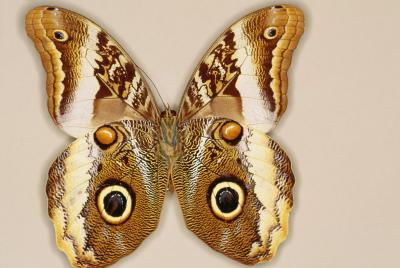
Look at the antennae. While butterflies have thin antennae with protrusions on the ends, moths have feathered antennae, especially noticeable in male moths.
Check the orientation of the wings. Butterflies tend to keep their wings upright, facing each other while perched, as well as moving them slowly in a up and down motion. Moths keep their wings flattened when sitting allowing you to view the designs on their wings.
Make note of the time of day. Butterflies are most active during the day, especially in the early morning, while moths tend to be more active at night, attracted to light.
Check the size of the body. Butterflies have slender, smooth bodies while moths can be identified as having short fuzzy hairs all over theirs.
Measure the wingspan. The Atlas moth, with the largest wing surface area, can have a wingspan of up to 12 inches, while the smallest, Nepticulid moths, have wingspans around 0.1 inches. Moths can be considered large if having a wingspan of 2 inches or more.
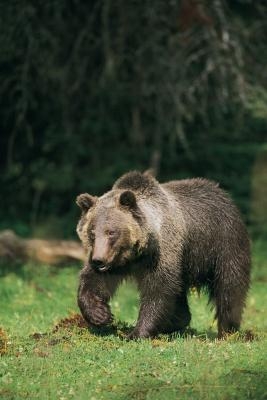 What Animals Belong to the Bear Family?
What Animals Belong to the Bear Family?
What Animals Belong to the Bear Family?
What Animals Belong to the Bear Family?
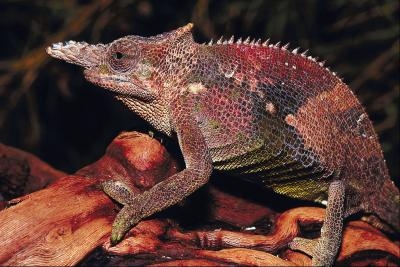 Fun Facts on the Life Cycle of the Chameleon
Fun Facts on the Life Cycle of the Chameleon
Fun Facts on the Life Cycle of the Chameleon
Fun Facts on the Life Cycle of the Chameleon
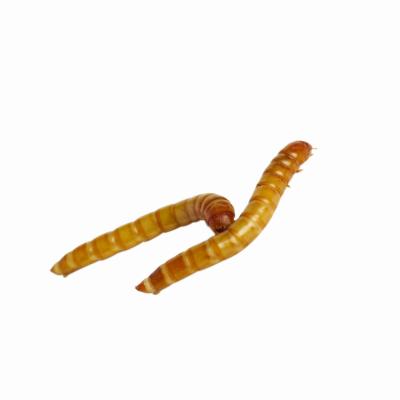 What Kinds of Worms Can Sugar Gliders Eat?
What Kinds of Worms Can Sugar Gliders Eat?
What Kinds of Worms Can Sugar Gliders Eat?
What Kinds of Worms Can Sugar Gliders Eat?
 Endangered Species of Animals and Plants
Endangered Species of Animals and Plants
Endangered Species of Animals and Plants
Endangered Species of Animals and Plants
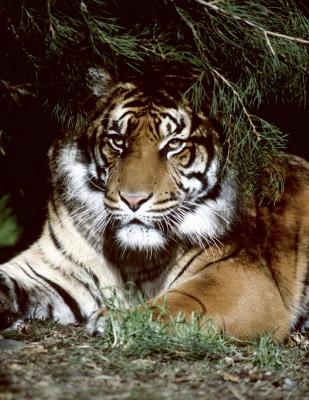 What Are People Doing to Help Endangered Animals?
What Are People Doing to Help Endangered Anima
What Are People Doing to Help Endangered Animals?
What Are People Doing to Help Endangered Anima
Copyright © 2005-2016 Pet Information All Rights Reserved
Contact us: www162date@outlook.com